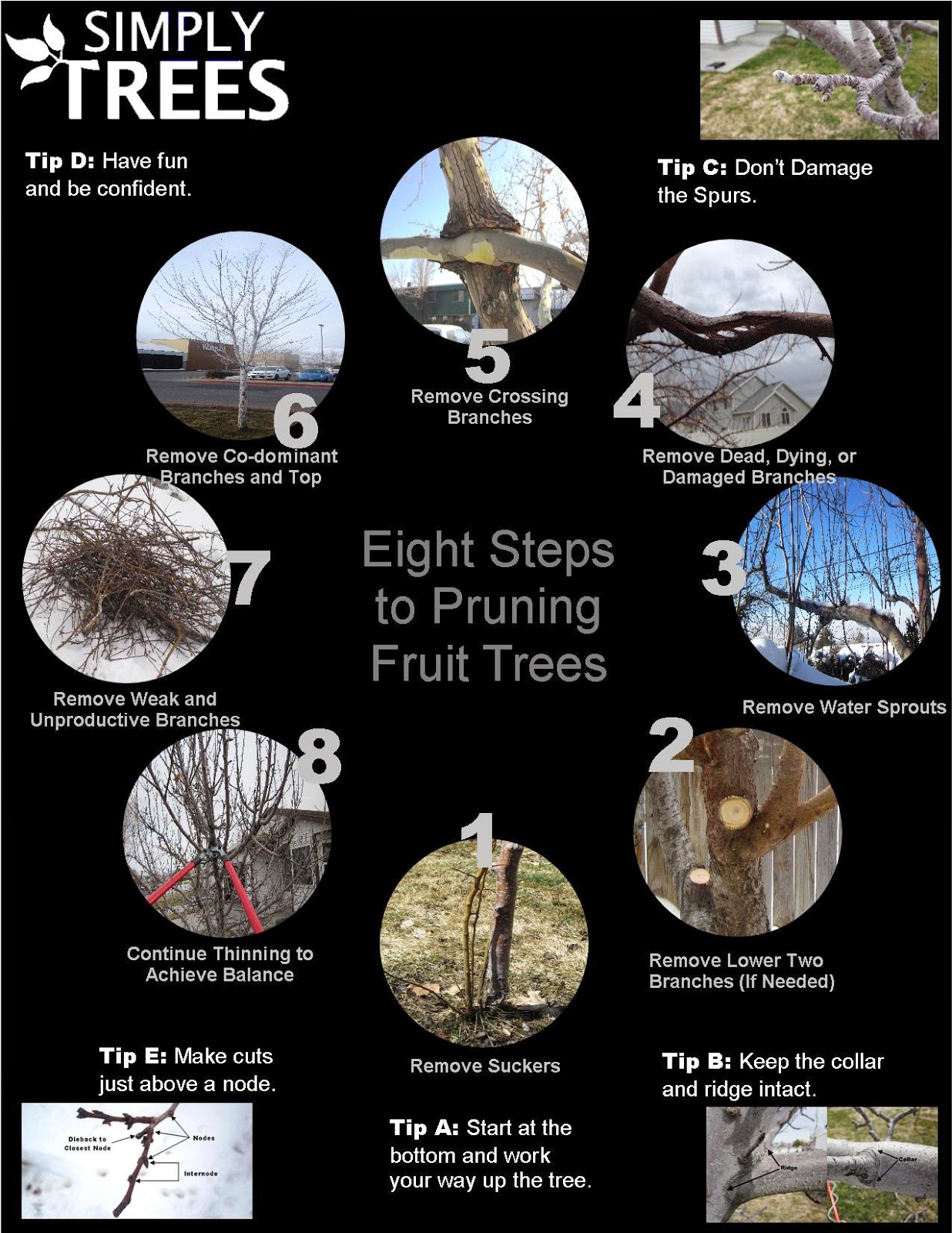Tree Care By Season: Effective Strategies For Handling Trees Before And After Their Elimination
Tree Care By Season: Effective Strategies For Handling Trees Before And After Their Elimination
Blog Article
Post Author-
When it pertains to seasonal tree treatment, guaranteeing appropriate administration prior to and after removal can dramatically influence the health and wellness and visual appeals of your landscape. By recognizing the needed actions involved in analyzing tree health and wellness and getting ready for elimination, you can proactively secure your residential property. Yet what about the crucial techniques to follow when the tree is gone? Remain tuned to discover the vital post-removal treatment actions that will certainly help you cultivate a successful and sustainable atmosphere for your trees.
Pre-Removal Tree Treatment
Prior to addressing the removal of a tree, it's vital to focus on pre-removal tree treatment. Start by assessing the tree's health and wellness and structural integrity. garden hedge maintenance of disease, bug invasions, or any type of structural issues that may posture a security hazard throughout removal. It's vital to seek advice from a certified arborist to identify the very best course of action.
Pruning dead or unhealthy branches can protect against more damages to the tree and make sure a smoother removal procedure.
In addition, think about the ecological influence of eliminating the tree. Trees play an important duty in our environment, so growing a brand-new tree in an ideal location can help offset any type of loss. Make certain that you have the necessary licenses and consents for tree removal, especially if the tree is secured by local guidelines.
Seasonal Maintenance Tips
Evaluating your tree's demands throughout the year is essential for its wellness and long life. To keep your trees in top condition, adhere to these seasonal maintenance suggestions.
In spring, focus on trimming to remove dead or damaged branches and motivate new development.
Summer season calls for normal watering, especially during droughts, to ensure your tree stays hydrated.
As fall methods, watch out for very early indications of condition or tension, and think about applying mulch to safeguard the roots during winter season.
In wintertime, be cautious when eliminating snow from branches to prevent damage, and remain to monitor your tree's overall wellness.
Remember to readjust your treatment routine based on the specific requirements of your tree species and regional environment. By remaining alert and proactive throughout the seasons, you can assist your trees prosper and thrive for several years ahead.
Post-Removal Tree Treatment
To make certain the health of your landscape also after tree removal, appropriate post-removal care is necessary. After a tree is removed, it's essential to fill the staying hole with topsoil and portable it to prevent settling. This will help keep the stability of the ground and avoid potential risks in the future.
Take into consideration growing brand-new plant life instead of the removed tree to restore the equilibrium and visual appeals of your landscape. Consistently check over herea to promote the growth of new plants and stop soil disintegration.
Examine the surrounding trees for any kind of signs of disease or stress that may have been caused by the eliminated tree. Watch out for bugs that may've been attracted to the previous tree and take safety nets to secure the remaining plant life.
If necessary, seek advice from an expert arborist to analyze the influence of the elimination on the surrounding trees and determine any additional care required. By following these post-removal care steps, you can ensure the ongoing health and wellness and elegance of your landscape.
Final thought
To conclude, proactive seasonal tree treatment is vital for keeping the health and wellness and equilibrium of your landscape. By assessing tree health and wellness, trimming, and seeking advice from an arborist prior to removal, you can guarantee a risk-free process. After removal, loading the hole, growing new greenery, and normal watering will advertise new development and prevent disintegration. Remember to evaluate bordering trees for disease and seek additional care procedures from an arborist to maintain your landscape flourishing.
